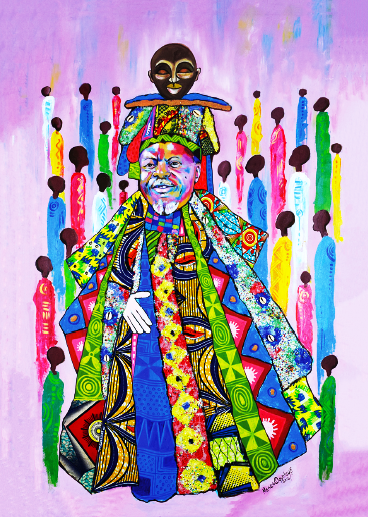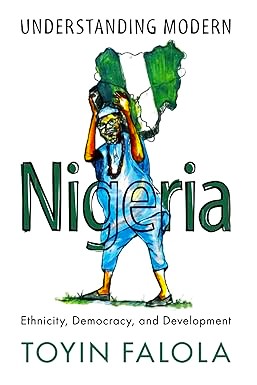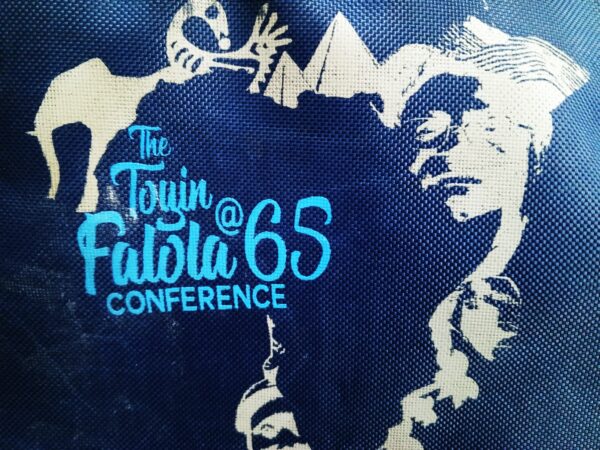By Oluwatoyin Vincent Adepoju
Compcros
Comparative Cognitive Processes and Systems
“Exploring Every Corner of the Cosmos in Search of Knowledge”
Abstract
This essay examines the immediate and more distant yet strikingly illuminating implications of the use, in his books and memorabilia of him, of artistic images of polymathic scholar, writer and institutional organizer Toyin Falola, exploring these images within an intercultural context, generating a global nexus in relation to their proximate African frameworks.
The essay initiates what is likely to be a new field of study, Falola iconography, the study of values relating to images of Toyin Falola, part of Falola Studies, the investigation of the life and work of the scholar, writer and academic entrepreneur.
I have identified the artists responsible for the images when I could get their names from the books.
A large tree grows from his head in another visualization in Milestones, his face marked by that carefully trimmed white beard, his countenance configured in terms of shapes defined by reflection across decades. Around his brow is a circlet projecting elegance and quiet majesty in the style of the classical beauty of iconic Ife sculptural heads, as a massive tree grows from the top of his head, the branches of the tree named after bodies of knowledge Falola has addressed in his decades long career-the Ifa knowledge system, the African Ajami script, rituals, history, poetry, prose, drama, nation, the Swahili language.

In yet another visualization, in a painting by Moses Ogunleye, from Falola’s In Praise of Greatness: A Poetics of African Adulation, 2019,we see his clearly identifiable face ensconced under a mask within the multifariously coloured robes of an Egungun, a messenger from the world of the finally departed, someone who has returned to Earth from orun, the world of ultimate origins and of final destinations, from where creation began, from where each person issues at the beginning of a lifetime and to which they return at the end of each lifetime, as understood in Yoruba masquerade traditions and their grounding in Yoruba thought.

In another image the slenderly built Falola, his white bearded face unmistakable, is shown laboriously but successfully holding aloft the structure of Nigeria in the form of a map of the nation, as the title of the book on which this image appears, Understanding Modern Nigeria: Ethnicity, Democracy and Development, highlights the enormity of the cognitive task the book performs and which the image projects by association, evoking cognitive activity by depicting physical effort.

In still another visualization, in front of the bag given to conference attendees at the conference to mark his sixty-fifth birthday in 2018, Falola’s face is seen wearing a Yoruba cap, poised in contemplative abstraction, part of a semi-circle of visual icons of African cultural history as that history focuses the continent’s economic, artistic, technological and philosophical development-the inimitable vertical projections of the pyramids, the Sankofa bird of Akan Adinkra symbolism, its backward looking stance evoking learning from the past, the outline of a camel suggesting the trade routes and cultural transmissions enabled by the unique capacities of the camel in movement across the Sahara, an Ife sculptural head completing the lower end of the semi-circle of images, its sense of lofty humanity projected in minimalist yet unmistakably eloquent lines.
